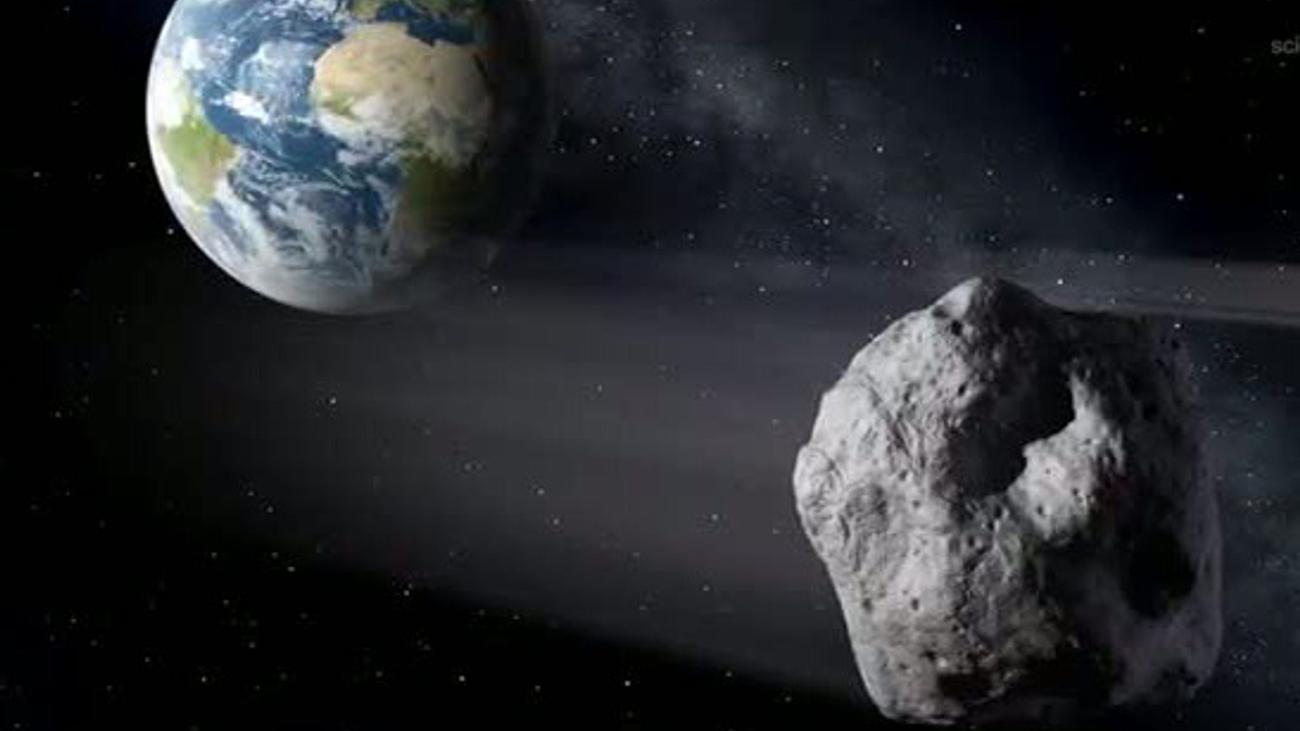
Near-Earth Asteroid ‘2024 YR4’ Poses Elevated Impact Risk
14 February 2023
A newly discovered near-Earth asteroid, designated ‘2024 YR4,’ has sparked concerns among astronomers due to its increased potential to impact Earth in the coming decade. Initial estimates placed the probability of an impact at approximately 1.2%, but recent calculations have revised that figure upwards to 3.1%.
JPL and IAWN Monitoring
The Jet Propulsion Laboratory (JPL) of the National Aeronautics and Space Administration (NASA) announced the updated risk assessment on its website. Despite the elevated probability, the asteroid remains classified as a Level 3 on the Torino Scale, indicating that an impact cannot be ruled out and warrants monitoring.
The International Asteroid Warning Network (IAWN) has also been alerted due to the asteroid’s revised impact probability exceeding 1%. The IAWN is responsible for collecting data and tracking near-Earth objects posing a potential threat to Earth.
Asteroid Characteristics and Impact Potential
According to the IAWN, ‘2024 YR4’ is estimated to have a diameter ranging from 40 to 90 meters. It was first discovered in late December 2024 by a telescope in Chile.
Should ‘2024 YR4’ impact Earth, its trajectory and size suggest that it could cause significant damage through an airburst explosion, releasing a shockwave and intense heat. The European Space Agency (ESA) estimates that the asteroid could create a crater over a kilometer in diameter, with an impact frequency of once every few thousand years.
Near-Earth Approach and Observation
In the coming months, ‘2024 YR4’ is expected to recede from Earth on its elongated path around the Sun. It will temporarily disappear from view before becoming observable again in 2028. The asteroid’s closest approach to Earth is predicted to occur on December 22, 2032.
Mitigation and Preparedness
While the current probability of an impact remains relatively low, scientists are continuously monitoring and refining their predictions about ‘2024 YR4’s trajectory. International efforts are underway to develop and implement asteroid deflection and mitigation strategies to minimize the risks posed by these celestial objects.
Although an asteroid impact is a rare event, historical records and recent near-misses emphasize the importance of maintaining comprehensive warning systems and preparedness measures to safeguard against potential threats from outer space.
Ongoing Research and Collaboration
Astronomers and planetary scientists worldwide continue to study near-Earth asteroids, utilizing advanced observation techniques and computational models to improve impact risk assessments and inform mitigation efforts. International cooperation and knowledge-sharing are crucial in enhancing our ability to protect our planet and its inhabitants from extraterrestrial hazards.
